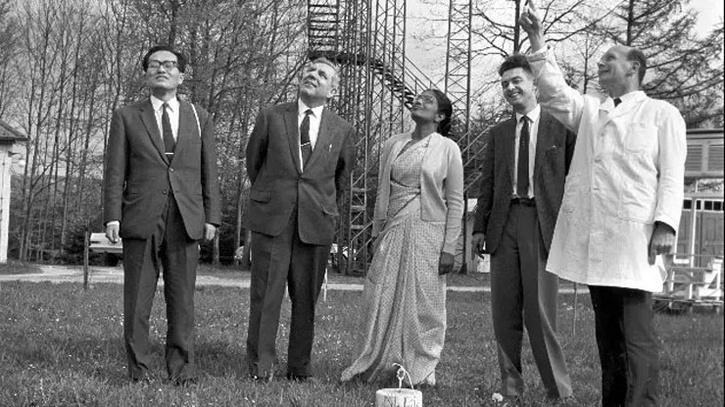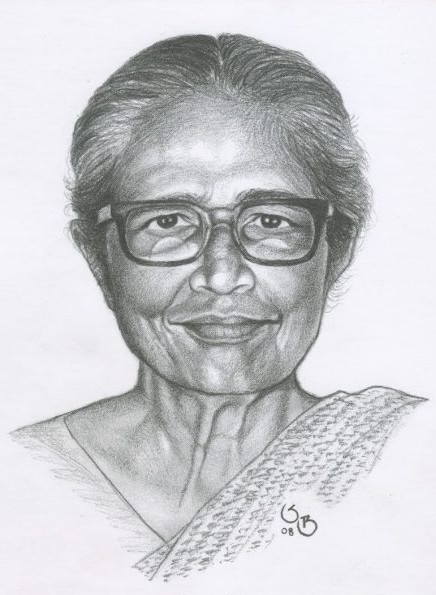On August 23rd, 2022, Google Doodle pays tribute to Anna Mani who played a significant role in the field of meteorological instrumentation.
Most of us are not familiar with this pioneering scientist whose contribution continues to make Indian and International science organizations stronger day by day.
Here’s all you need to know about one of India’s pioneering women scientists, Anna Mani. A distinguished meteorologist, Mani was the former Deputy Director General of the Indian Meteorological Department and made significant contributions in the field of solar radiation, ozone and wind energy instrumentation.
Born on August 23, 1918, Anna Mani grew up in a prosperous family in the state of Travancore, a former princely state in the Southern part of India, now part of Kerala. She was the seventh of eight siblings. Anna Mani’s father was a prosperous civil engineer who owned large cardamom estates in the region. Her family belonged to the ancient Syrian Christian church; however, her father remained agnostic throughout his life.
Since her childhood, Anna Mani was very fond of reading books and eventually became an avid book reader. Mani spent most of her time in reading and exploring books and waded through the entire book collection at her public library.
After graduating from physics and chemistry, she worked under Prof. C V Raman, researching the optical properties of ruby and diamond. She authored five research papers, but she was not granted a PhD because she did not have a master’s degree in physics.
After completing her studies in meteorological instruments at Imperial College London. She return to India in 1948, and joined the Meteorological department in Pune.
In the IMD, Anna Mani helped the country to design and manufacture its own weather instruments. She excelled so much in this male-dominated field that by 1953, she became head of the division. Under her leadership, more than 100 weather instrument designs were simplified and standardised for production. Anna Mani was an early advocate of alternative energy sources.
Throughout the 1950s, Mani established a network of solar radiation monitoring stations and published several papers on sustainable energy measurement.
For her contribution to India Meteorological Department, she is also known as the ‘Weather Woman of India’.
After gaining a lot of experience and knowledge, Anna Mani became Deputy Director General of IMD and held several key positions in the United Nations World Meteorological Organisation. In 1987, she won the INSA K. R. Ramanathan Medal for her remarkable contributions to science.
After her retirement, Anna Mani was appointed as a Trustee of the Raman Research Institute in Bangalore. She also founded a company that manufactured solar and wind energy devices.









